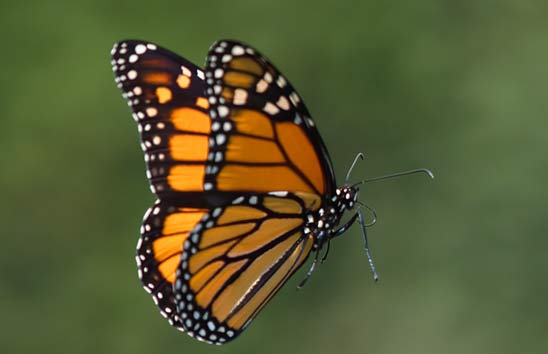Collections
Thanks to research and the generosity of numerous donors, the Science Museum holds nearly one million museum records of animals, plants, fossils and minerals belonging to more than ten thousand different species.
|
Rocks, minerals and fossils
|

The Science Museum of the University of Navarra has a collection of more than 1,000 specimens of rocks, minerals and fossils. The specimens come mainly from donations from the Colegio de Nuestra Señora del Buen Consejo de Lekaroz (rocks, minerals and fossils) and from the personal collection of Mr. Manuel Martel, consisting mainly of minerals of great beauty and size.
|
Herbarium
|

The origin of the University Herbarium dates back to the arrival of Professor T.M. Losa España in 1964 at the university. A year later Dr. M.L. López started her doctoral thesis, maintaining her contributions to the herbarium for several decades. In 1970 the herbarium was registered in the Index Herbariorum under the acronym PAMP. It is currently part of the Asociación de Herbarios Ibero-Macaronesicos (AHIM) as an institutional member.
|
Old laboratory equipment
|

The Museum has in its exhibition numerous pieces of antique laboratory and pharmacy instruments. A visit through the showcases allows us to see different containers with spices, microscopes, linoscopes, flasks, test tubes and beakers -among others-, as well as other documents and books that have been donated for exhibition. In addition, the Museum has an old 19th century pharmacy that belonged to Marcos Usía, an apothecary from Llodio (Álava), and was donated in 1973 by his family.
|
Invertebrates
|

Non-insect invertebrates constitute the most important part of the Museum's holdings, at least in terms of the number of specimens and species preserved in its facilities. Among other groups, hundreds of thousands of specimens of nematodes, annelids, mollusks and, above all, arachnids (spiders and mites) and springtails, are deposited and preserved in the Museum's facilities. The collection includes more than 250 type series.
|
Vertebrates
|

Vertebrates usually occupy a predominant place in any Natural History Museum. Naturalized mammals, birds and reptiles are the basis of the exhibition and some groups serve to explain phenomena of adaptation, evolution and phylogenetic relationships. Several hundred specimens and species are on display, some from exotic locations although most are European. Iberian species of reptiles and amphibians are well represented, as well as mammals and birds.
|
Arthropods
|

Insects are the other large group of invertebrates, numerous in number of specimens and species, that we can find among the collections of the Museum. Among the insects in the collections there is a group of special beauty and diversity: the Lepidoptera. This group, which includes butterflies and moths, has a large representation of tropical specimens thanks to donations received. Some of the largest species in the world can be seen in the exhibition and others are surprising for their vivid colors.






